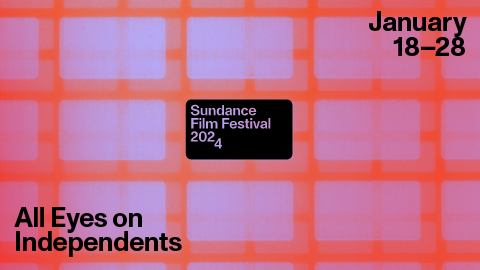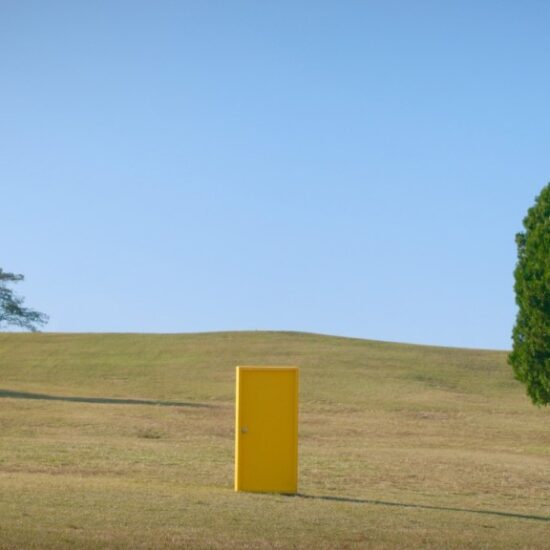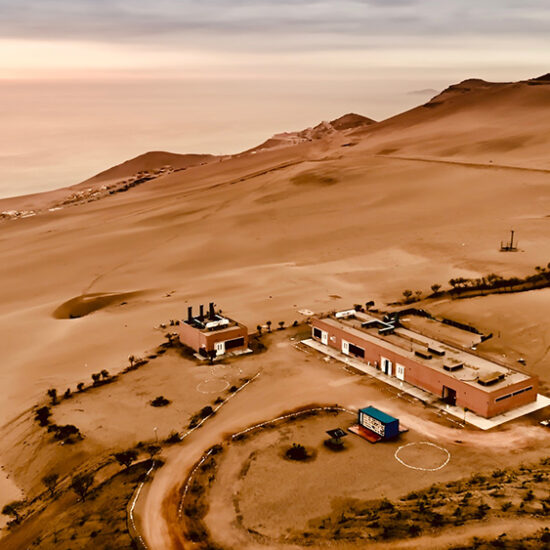
Finding one’s place anywhere, but perhaps especially in New York, is a challenging thing. I pondered this as I stood in a thick line straining to gain entrance to the standing-room-only opening screening of the New York Peruvian Film Showcase, taking place at the Instituto Cervantes in midtown Manhattan on September 16. For one thing, turning to a Spanish-run institution’s New York outpost, whose mission is nonetheless an important one to provide a home and showcase for Spanish-language culture internationally, always adds a curious post-colonial questioning to things. For another, although Latin American film has been flourishing in recent years, Peru is not the filmic powerhouse of, say, Mexico or Argentina, and yet it has increasingly become a dynamic, richly inventive source of cinematic acclaim, its output more modest yet at the same time, arguably packing major impact. And finally, most germane to this audience, perhaps, the emphasis on Peruvian film leans toward the narrative, rather than documentary. With all this in mind, it was perfectly apt that the opening night of the festival paid tribute to the late Peruvian-American documentarian Roberto Guerra, whose output was unduly cut short last January by pancreatic cancer, but who so brilliantly “lived the questions,” to paraphrase Rilke.
Guerra’s body of work is a continual examination of the creative process, of the tensions and passions in life that fuel art and vice versa, of the collaborative process, and of identity and an individual’s quest to sculpt and forge it beyond whatever happenstance of birth may have initially shaped them. Showcase Director Lorry Salcedo Mitrani’s Roberto Guerra, a Life, which screened at the tribute, aptly examines the Peruvian-American’s trajectory, interviewing Guerra’s brother, Humberto, and wife and filmmaking partner, Kathy Brew, and weaving throughout excerpts from Guerra’s films alongside photos that capture Guerra’s life in New York and growing up in Peru. An engineer by training, Guerra’s inquisitive nature and love of the energy of the present moment turned him to film.
Guerra’s initiation into the world of cinema in the 1960s began at a significant moment of change in Peru, when director Armando Robles Godoy was among the first Peruvian filmmakers to receive international recognition. Although working in narrative, Robles was freely experimental in his approach, and was influenced by European art cinema while clearly also owing a significant debt to the tradition of documentary filmmaking in Peru known as the Cuzco School. The documentaries of the Cuzco School explored indigenous themes and reflected Peruvian culture’s pre-Columbian roots, and ultimately engaged issues of social justice as in much of what would become the New Latin American Cinema movement. Godoy was an advocate for the training of a new generation of Peruvian filmmakers, and as such, Guerra worked with him on his 1966 film, En la selva no hay estrellas (In the Jungle There Are No Stars). But as a budding artist, Guerra was equally captivated by influences from abroad, and would become drawn to cinema vérité, and the exploration of the artistic life abroad, ultimately leading to a lifelong career and investigation of the creative process through documentary.
From Armando Robles Godoy’s En la selva no hay estralleas (In the Jungle There Are No Stars)
Throughout Guerra’s examination of the artistic process, he would almost unfailingly hone in on the collaborative nature of much artmaking. Collaboration was certainly reflected in his own film production partnerships, which were truly all-encompassing—of art, life and love. He began his own documentary career with his first wife, Eila Hershon, who succumbed to cancer, and later flourished artistically upon meeting and collaborating with Brew.
Initially, Guerra’s artistic endeavors, coupled with Hershon’s background as a painter, led them to explore art on film, focusing broadly on the creative process in the lives of artists in all media, running the gamut from painters Oscar Kokoschka and Frieda Kahlo, graphic designers such as Milton Glaser and Massimo and Lella Vignelli, and fashion designers Coco Chanel and Karl Lagerfeld. Unlike Guerra’s later work, these earlier films were for the most part more conventionally structured, perhaps due to their nature as broadcast commissions. And yet they had an insistent, slightly subversive curiosity and questioning of themes that would recur throughout Guerra’s career and find full, freer expression in his later work. Issues of feminism and the creative process, as read through the lens of a feminine, fertile spirit as well as the constraints and subversive upending of popular fashion, are first seen in the explorations of Chanel and Kahlo. Equally, the artist as outsider carefully crafting a unique, public identity as part of the creative process is seen throughout the work: Lagerfeld commenting on his own changing image and output throughout the years; archival footage of, and statements from, Chanel; and Glaser’s own appraisal of his development as an artist.
In Guerra’s later documentaries, his lens would increasingly focus on the collaborative nature of artmaking, discarding the romanticized notion of the artist alone in the studio. This perhaps aptly reflected his partnership with Brew, whose inquisitive spirit and media-arts expertise matched his and embodied the notion of a “great dyad” (as put forth by essayist Joshua Wolf Shenk in his recent book Power of Twos: Finding the Essence of Innovation in Creative Pairs). Guerra and Brew’s most recent work, Design Is One: Lella and Massimo Vignelli, returns to the Vignellis as one of Guerra’s early subjects, and garnered much acclaim on festival and theatrical runs. It is a fascinating look at the 50-year dynamic partnership of the Italian designers, who are responsible for so much that makes up our daily lives, with their powerful design and branding influence on everything ranging from furniture to logos to maps and far beyond. Guerra and Brew’s soon-to-be-completed documentary on Seward Johnson explores the very definition of art. It doesn’t shy away from the hard questions or easy glorification of artists, as they examined a populist artist who works in realistic, life-size sculptures. The filmmakers ask hard questions—of the arts community, of ourselves as audiences-about the very nature of what art is and who gets a shot at experiencing, defining and legitimizing it. In these documentaries, a loose style of observation, especially in artistic production, gives the artists ample time to speak for their own process, and allows plenty of other voices to weigh in, amplifying the fact that art does not exist, nor is it created, in a vacuum. It lives and breathes and is jostled by daily life in these documentaries, and ultimately flourishes there.

From Kathy Brew and Roberto Guerra’s Design Is One: Lella and Massimo Vignelli, a First Run Features release. Photo: John Madere.
It is also through Brew that Guerra, who left Peru as a young man, was ultimately persuaded to return in 2000 to examine his roots and explore Peruvian subjects. In several works-in-progress that were excerpted in Roberto Guerra, a Life, one sees promising, compelling explorations of artists working in Peru and of topical issues at play in the country. Beauty Behind Bars attests to the effects of the drug trade in Peru, as convicted female drug smugglers compete in a beauty pageant for convicts only. While the film doesn’t shy away from humor and the absurdity of the premise, it also attests to Guerra’s ongoing exploration of female self-determination and political questions about international drug trafficking. Other works-in-progress by Guerra focus on the terrorism that devastated Peru throughout the ’80s and ’90s and the creation of an artistic, public art project responding to it; and on an artist whose work reflects the significant Peruvian concept of Pachamama (an indigenous conception of Mother Earth) and recognizes the power of a feminine spirit in creative production.

The late Roberto Guerra shooting his and Kathy Brew’s documentary on the artist Seward Johnson. Courtesy of Kathy Brew
And so we look to Brew to continue Guerra’s legacy as we eagerly await the completion of these future films. Additionally, Brew, in partnership with UnionDocs, is establishing The Roberto Guerra Documentary Award to honor Guerra’s legacy in the field. It will be an annual prize given to a New York-based documentary filmmaker originally from a Latin American country.
Those of us who knew Guerra recall his wide and intensely curious owl-eyes, through frames like the focusing rings of a camera, watching, guiding, but mostly encouraging us to continue in the dynamic exploration of life in and through film, and the power of the collaborative, artistic spirit to endure.
Maria-Christina Villaseñor is a writer and independent curator based in New York. She writes frequently on Latin American film as well as on .film and video installation art, and is the author of William Kentridge: Black Box/Chambre Noire.














